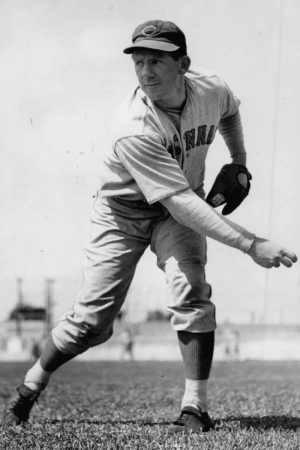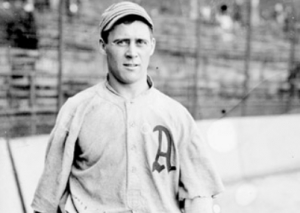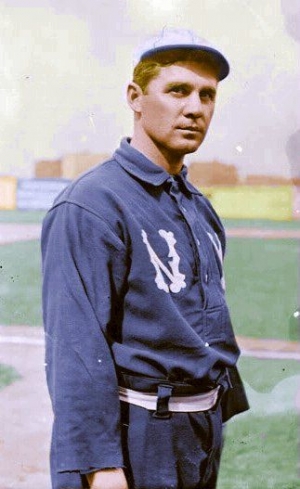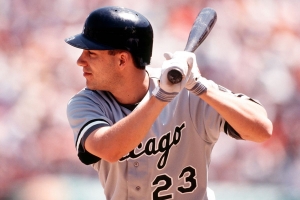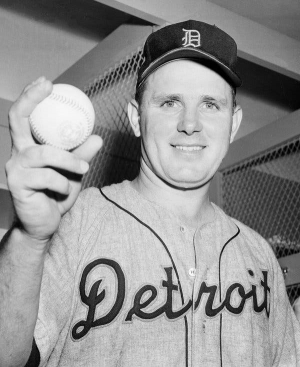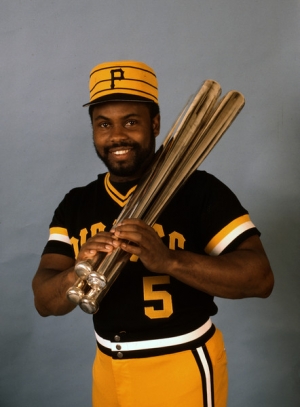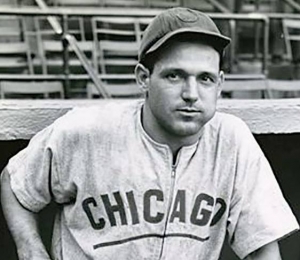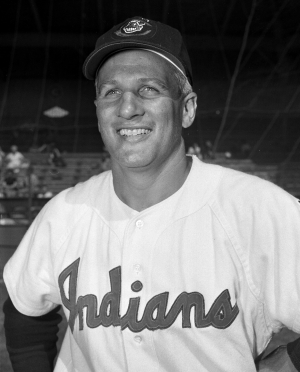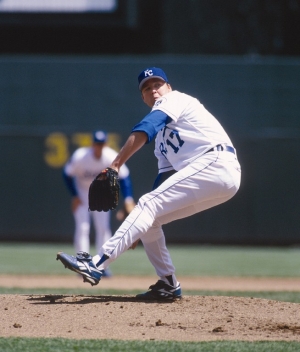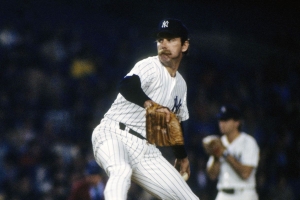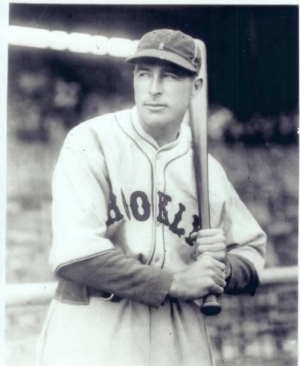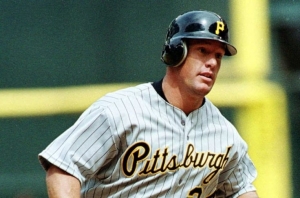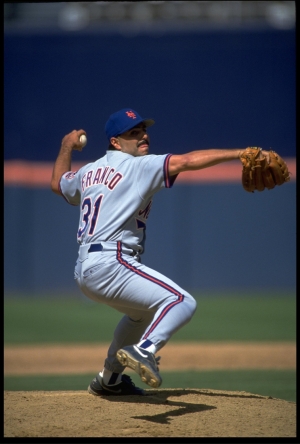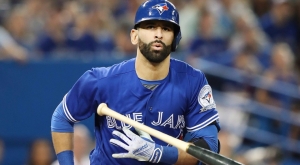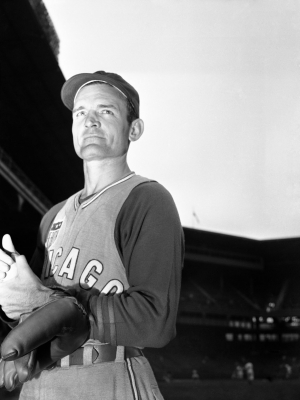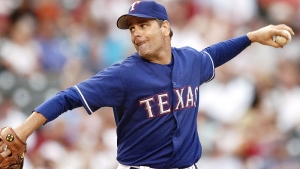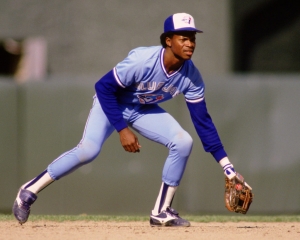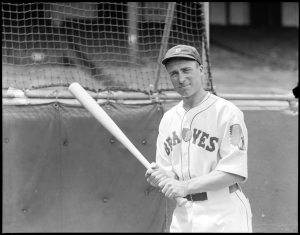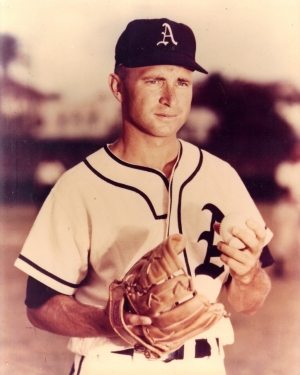Baseball
Established in 1936, and currently based in Cooperstown, New York, the Baseball Hall of Fame may be the most prestigious of any Sports Hall of Fame. Although Baseball may have taken a backseat to Football in recent years, there is no doubt that Baseball’s version of the Hall of Fame is by far the most relevant and the most difficult to get enshrined in. At present, a player has to receive seventy five percent of the votes from the Baseball Writers Association of America, which has proven to be no easy task. Failing that, a player could be inducted by the Veterans committee, though few have been inducted this way. Our list will focus on the players only, and although we could easily do a tally focusing on mangers, broadcasters or other vital personnel, as always it is far more enjoyable to discuss the merits of those on the field as oppose to those off of it.Until Then, Let’s get some peanuts and cracker jacks and cast some votes of our own!
Sincerely,
The Not in Hall of Committee.
In 1931, Paul Derringer had a very good rookie year where he went 18-8 and helped his St. Louis Cardinals win the World Series. He had a poor 1932 season, and he was traded early in ’33 to the Cincinnati Reds, and his year ended with an abysmal 7-27 record. It would slowly turn around for Derringer after that.
Many baseball historians have painted Wally Schang as one of the better offensive Catchers of the deadball era. In terms of his World Series Rings, you can argue that he is one of the most successful.
ARIZONA DIAMONDBACKS - TICKET + HOTEL DEALS
Mar 24, 2025
Buy your Tickets to see Arizona Diamondbacks - Ticket + Hotel Deals HERE!
2025 TORONTO BLUE JAYS - TD EXECUTIVE SUITES
Jan 01, 1970
Buy your Tickets to see 2025 Toronto Blue Jays - TD Executive Suites HERE!
2025 TORONTO BLUE JAYS FLEX PACKS
Jan 01, 1970
Buy your Tickets to see 2025 Toronto Blue Jays Flex Packs HERE!
2025 SEATTLE MARINERS FLEX MEMBERSHIPS
Jan 01, 1970
Buy your Tickets to see 2025 Seattle Mariners Flex Memberships HERE!
From the deadball era, Jesse Tannehill is one of the unsung pitchers from that time.
While we never thought Virgil Trucks' nickname of "Fire" was that creative, we did believe that the Alabaman was a pretty good Pitcher in his day.
Bill Madlock is one of the more unlikely multi-time Batting Champions, as when you look in the annals of baseball history, Madlock is not on the tip of your tongue. He should be, as this is a four-time National League Batting Champion.
Bill Nicholson had a coffee cup with the Philadelphia Athletics in 1936, but it was with the Chicago Cubs, a team he returned to Majors with in 1939, where he became a star in baseball.
Al Rosen made his first appearance for the Cleveland Indians in 1947, and this would be the only Major League team he ever played for.
Kevin Appier was arguably one of the most underrated Pitchers of the 1990s, and perhaps we can shed some light on a career that feels unknown outside of Kansas City.
One of the most recognized Relief Pitchers of the 1970s is Sparky Lyle, who first debuted in the Majors with the Boston Red Sox in 1967. Lyle became Boston's closer in 1969, putting forth three straight 15 Save years, but he was deemed expendable, and the Red Sox traded him to the New York Yankees, who, as history would show, gave up nothing in return for him.
Lefty O'Doul had a unique career, in that he began as a struggling Pitcher, who eked out 32 Games over five years (1918-23) on the Major League level on the mound. These games were spent as either a New York Yankee or Boston Red Sox, but he was basically a minor league player through his 20s. O’Doul’s 30s would be much more different.
One of the most underrated players was Brian Giles, who played for three mediocre teams (Cleveland, Pittsburgh, and San Diego) and did not see as much love as he should have.
If you were to look at some of the all-time marks for Relief Pitchers, you would find John Franco in the upper echelon of those lists. Unlike many of those hurlers, you would also see that Franco was not a journeyman who bounced from team to team.
The career of Jose Bautista is a fascinating one. After years of obscurity, a switch in his batting stance took him from journeyman to All-Star and someone who we deemed worthy of discussing.
Claude Passeau appeared in one game in 1935 for the Pittsburgh Pirates, and the three innings he had shown nothing that would make you think he would be a future All-Star.
Owning the same name as a Country-Pop legend, Kenny Rogers was one of the most durable pitchers of the modern era.
Does the city of San Pedro de Macoris in the Dominican Republic have a formula to create infielders for Major League Baseball?
Wally Berger was one of the better sluggers of the National League in the first half of the 1930s, and the Boston Braves were lucky to have him.
When you look at the past MVPs in baseball history, Bobby Shantz is one of the more curious players to win it.


